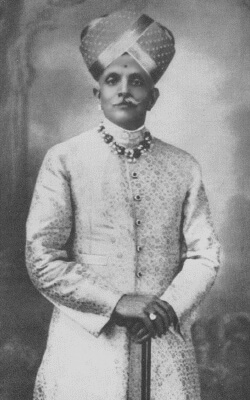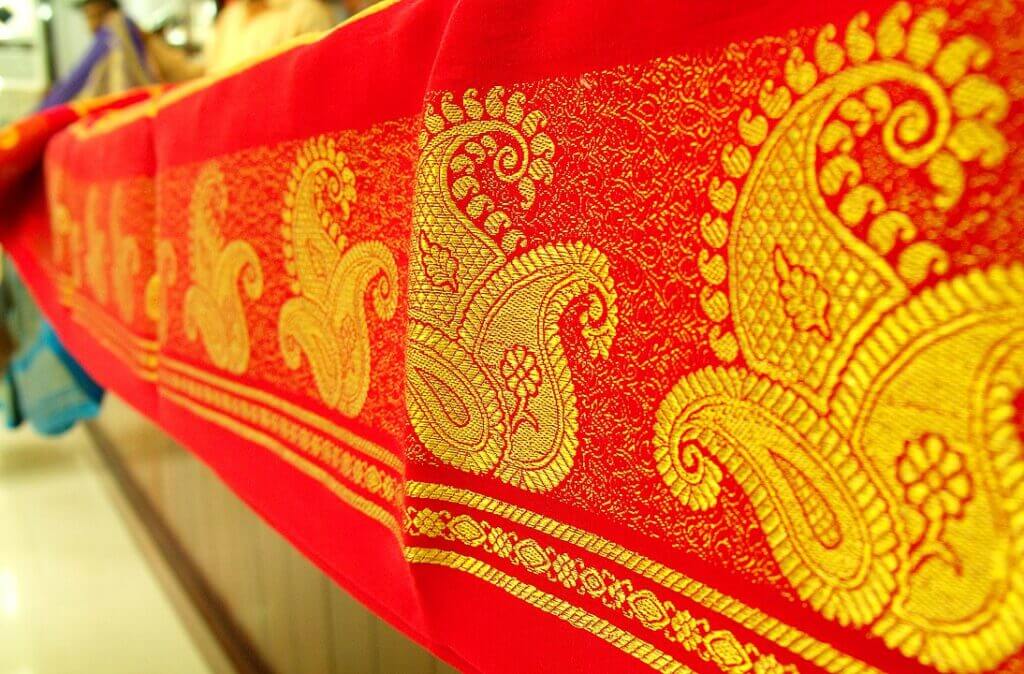Mysore was the capital of the erstwhile Mysore State. During the reign of the Wodeyars, a person visiting the Durbar of the King had to wear the traditional Durbar dress, which consisted of white trousers, a black long-coat, and a turban. The only thing that has survived and continues to be identified with Mysore is the turban. During the reign of the Wodeyars wearing the turban with or without the golden lace around was more or less necessary. The turban was a status symbol. A person’s social status and position in the hierarchy of status were judged depending on the type of turban he wore.
Today though traditional clothing like saree and dhoti is still used western clothing has become common. Especially among the younger generation western clothes have become more popular as they are more convenient and easy to maintain. Traditional attire is used only for special occasions like festivals, weddings, etc. Young men prefer wearing western trousers to the traditional dhoti though they may use it within the confines of their homes. Young girls too prefer to wear the salwar-kameez instead of the traditional langa (long skirt) and dhavani (half saree). However, the older generation continues to wear traditional clothing namely the saree and dhoti. Mysore is famous for its silks. Silk sarees continue to be a favorite among women of all generations. The cost of a Mysore silk saree can vary from a few hundred to a few thousand.


Mysore Silks
Mysore silk is produced by the Karnataka Silk Industries Corporation Limited (KSIC). The factory was founded in 1912 by Sri Nalvadi Krishnaraja Wodeyar, the Maharaja of Mysore. Initially, the silk fabrics were manufactured & supplied to meet the requirements of the royal family and ornamental fabrics to their armed forces. After India gained independence, the Mysore State Sericulture Dept. took control of the silk weaving factory. In 1980, the factory was handed over to KSIC, a government of Karnataka industry. Today, products include silk sarees, shirts, kurta’s, silk dhoti, and neckties. Mysore silk has also received geographical identification.
